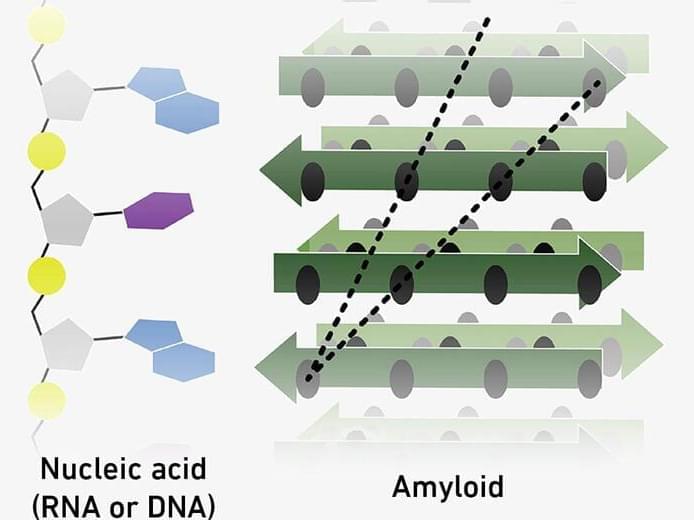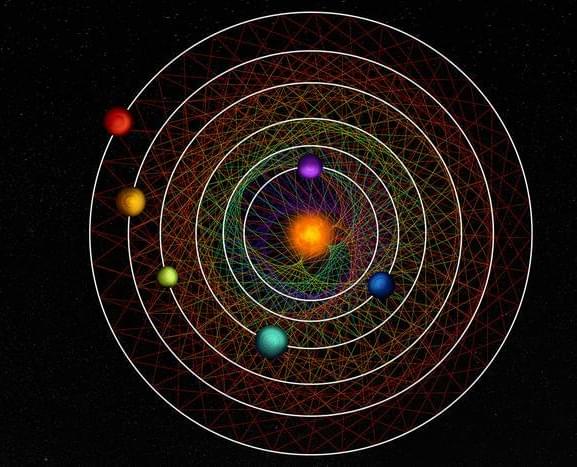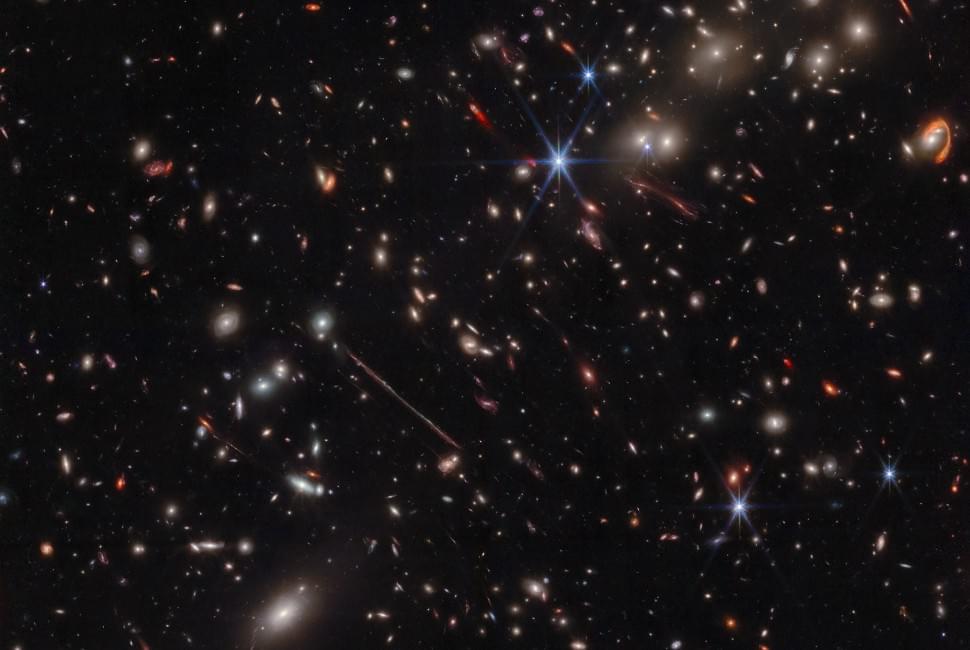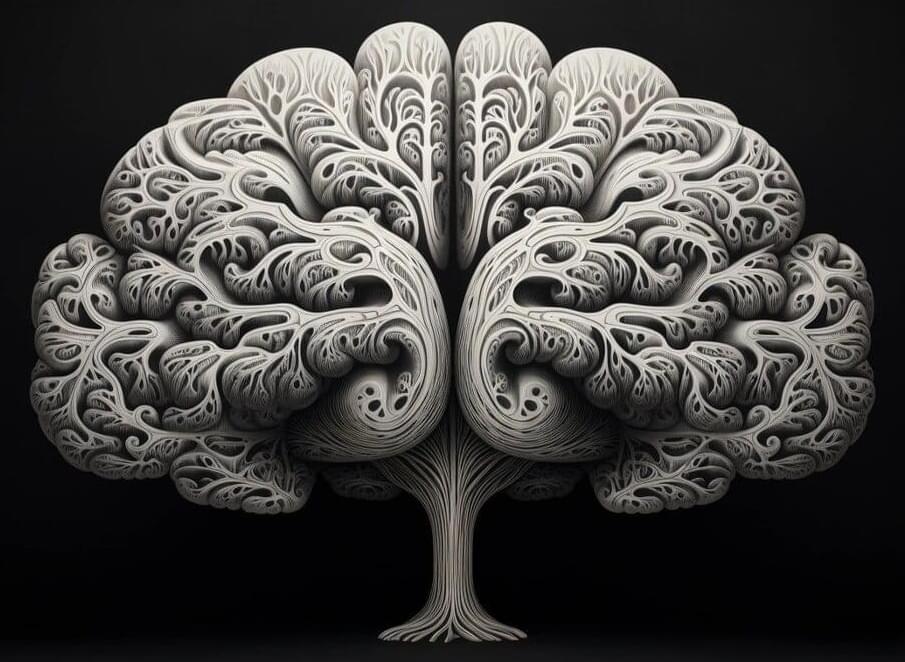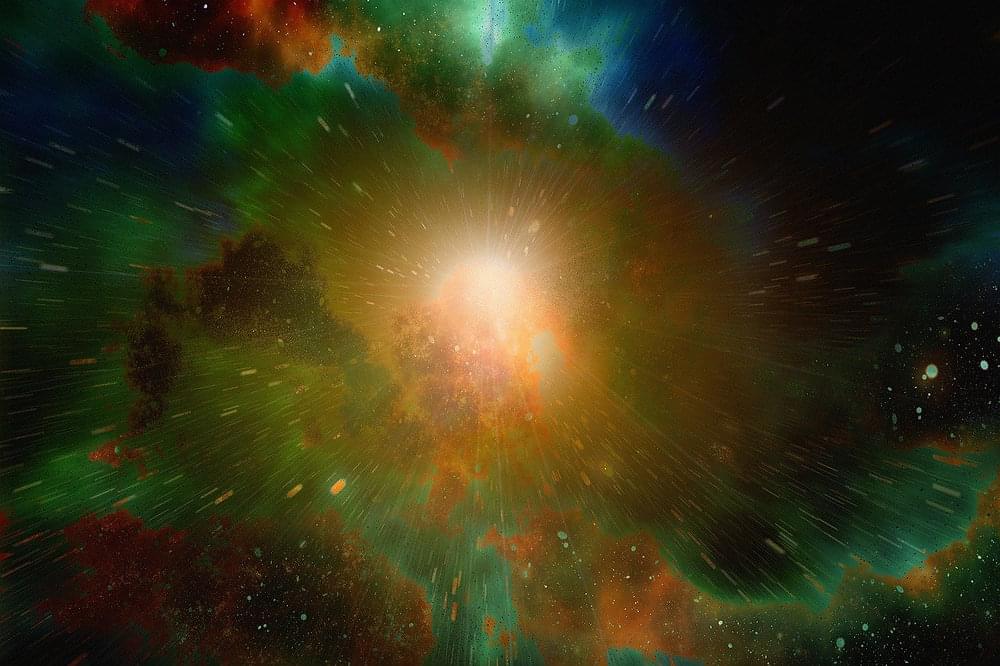Good telescope that I’ve used to learn the basics: https://amzn.to/35r1jAk.
Get a Wonderful Person shirt: https://teespring.com/stores/whatdamath.
Alternatively, PayPal donations can be sent here: http://paypal.me/whatdamath.
Hello and welcome! My name is Anton and in this video, we will talk about the incredible effects gut microbiome has on our body.
Links:
https://www.clarkson.edu/news/microbes-gut-might-affect-pers…s-research.
https://www.smithsonianmag.com/smart-news/fecal-transplants-…180978416/
https://www.nature.com/articles/s41586-021-03532-0
https://www.nature.com/articles/s43587-021-00093-9
https://en.wikipedia.org/wiki/Gut%E2%80%93brain_axis.
https://en.wikipedia.org/wiki/Gut_microbiota.
https://www.mdpi.com/2072-6643/14/3/466
#microbiome #gut #bacteria.
0:00 Gut Microbes Intro.
0:55 You are what you eat…on an entirely different level.
1:55 Gut Brain communication.
2:50 Important functions.
3:35 Additional function we never knew about.
4:10 Surprising diversity of genes.
5:10 Modern evolution and how it affected bacteria.
6:10 It was different in ancient humans.
8:10 Even more surprising discoveries from mice — poop transplants.
10:25 Affects our brains and our mood.
11:50 Even changes our personalities?!
Support this channel on Patreon to help me make this a full time job:
https://www.patreon.com/whatdamath.
Bitcoin/Ethereum to spare? Donate them here to help this channel grow!
bc1qnkl3nk0zt7w0xzrgur9pnkcduj7a3xxllcn7d4
or ETH: 0x60f088B10b03115405d313f964BeA93eF0Bd3DbF
Space Engine is available for free here: http://spaceengine.org.
